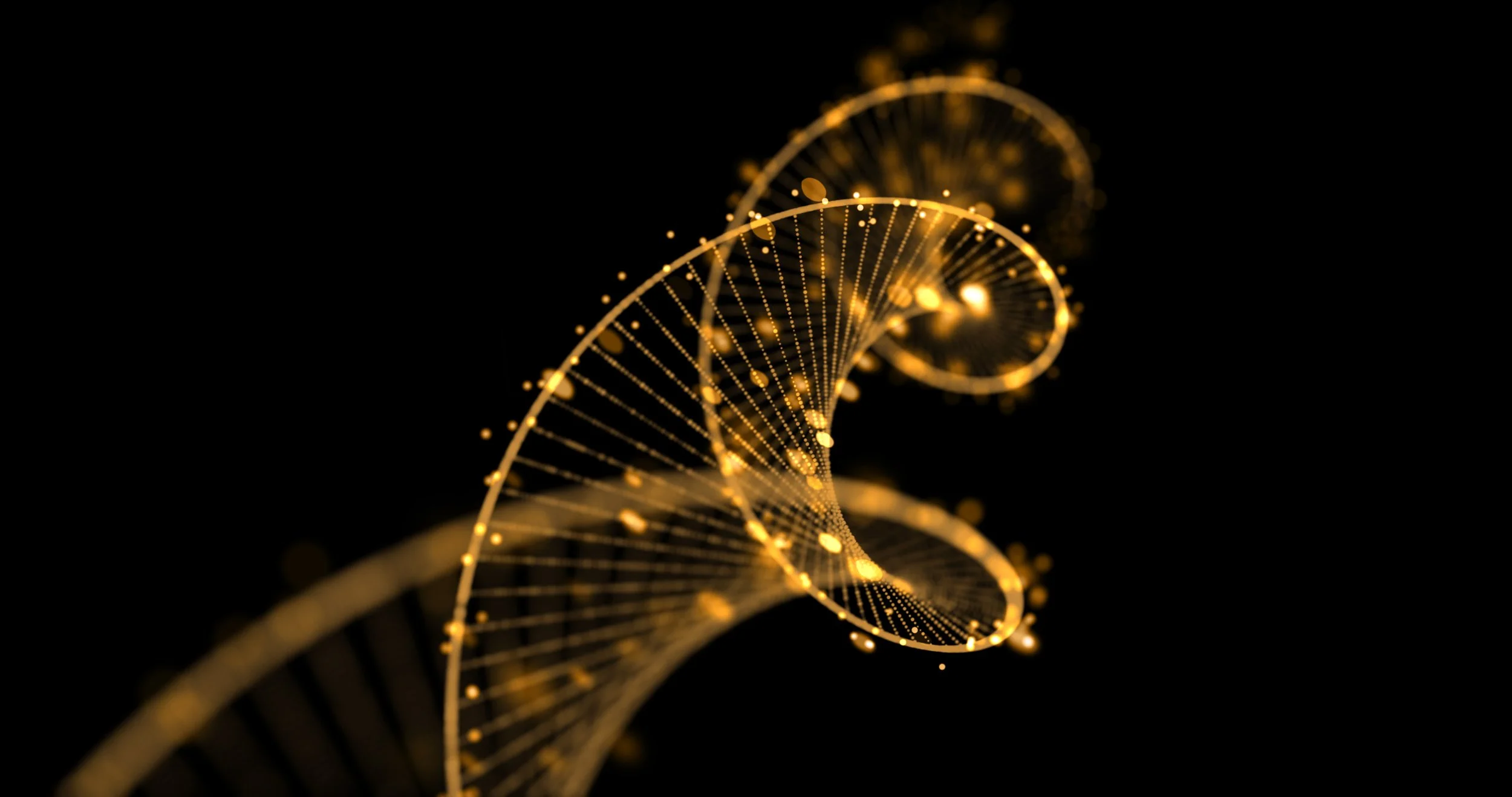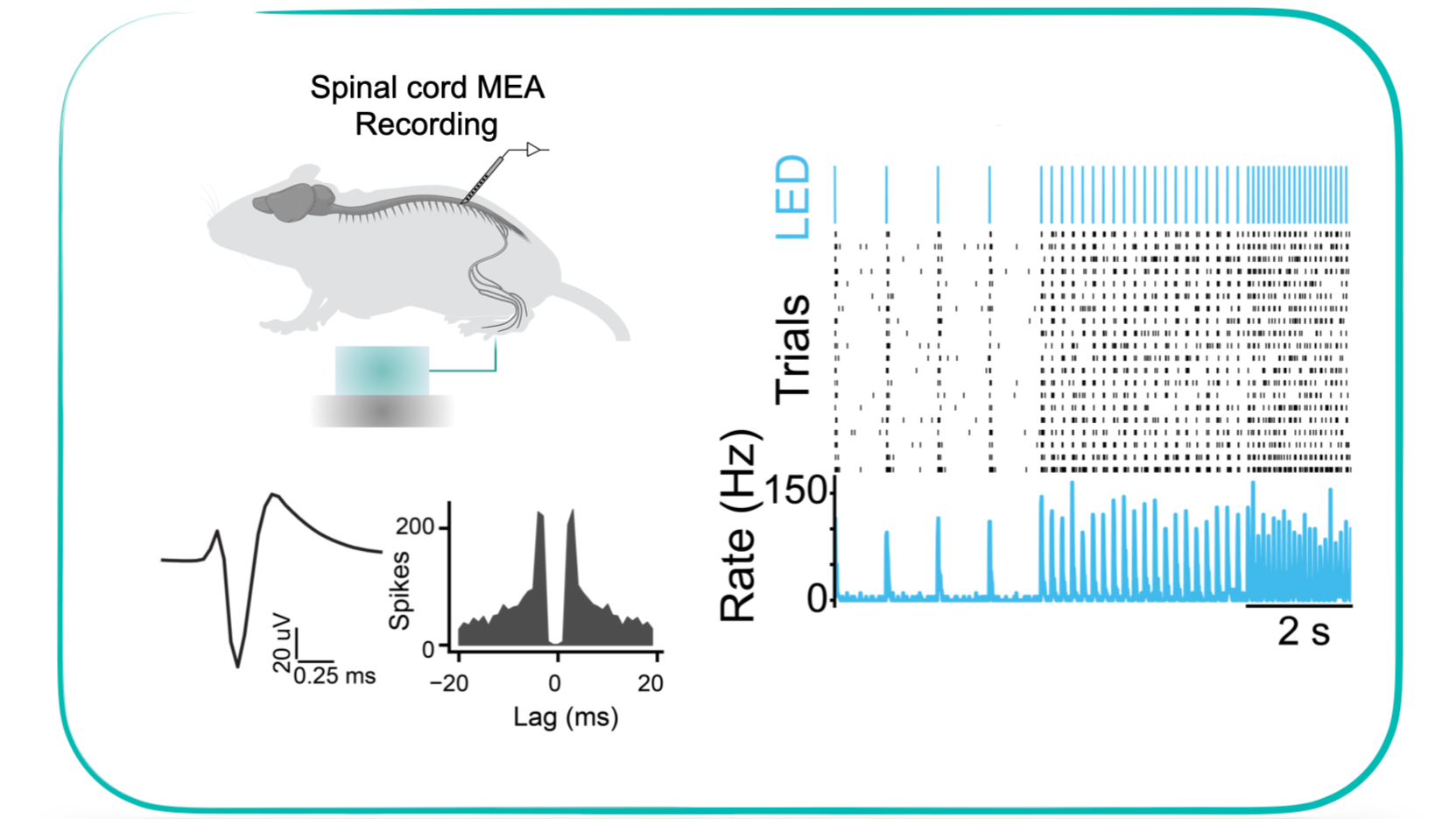Our Research
How are somatosensory signals encoded in the spinal cord and brain?
How do internal states shape our perception of touch?
What are the contributions of altered somatosensory encoding to chronic pain and neurodevelopmental disorders?
We use a multidisciplinary approach to address these questions
-

MOLECULAR GENETICS
We use mouse-molecular genetic approaches to label and manipulate neural circuits across the peripheral and central nervous system.
-

ELECTROPHYSIOLOGY
We employ in vivo high-density neurophysiological recordings from spinal cord interneuron and projection neurons.
-

ANATOMY
We use genetic and viral labeling, tissue clearing and high resolution imaging to visualize how defined neuronal populations are wired across the body-brain axis.
-

SYSTEMS NEUROBIOLOGY
We record and model large-scale neural population activity across spinal and cortical networks to reveal how context and internal states flexibly shape sensory representations.
-

BEHAVIOR
We conduct complex behavioral studies to examine how body-derived sensory signals drive meaningful action, focusing on spinal and brainstem circuits that link sensation to movement and adapt with experience.
-

SYNAPTIC PHYSIOLOGY
We use optogenetics and patch-clamp recordings in acute spinal cord and brain slices to study mechanisms of synaptic transmission and plasticity.